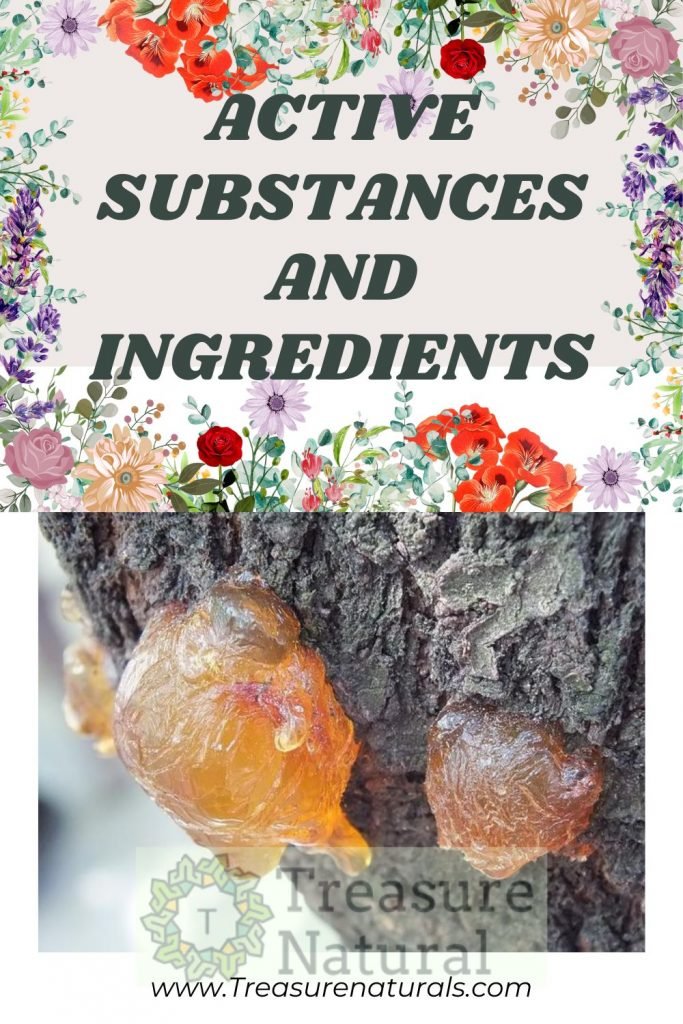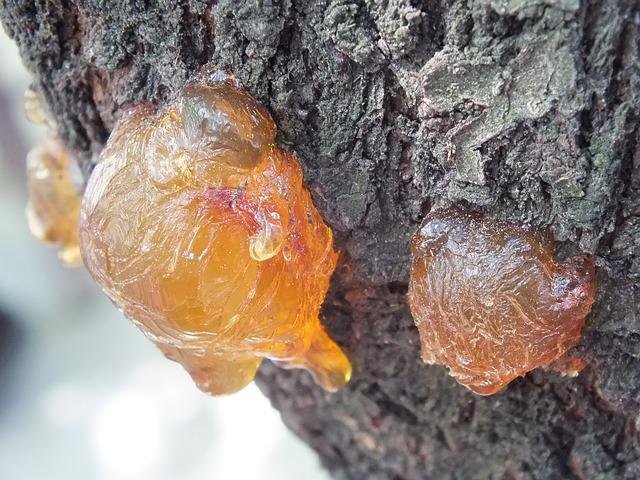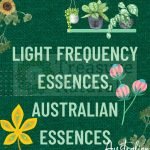
In nature, plants represent the main “producers” of active ingredients as they are the only ones to supply living beings with organic substance and oxygen, using only the sun, water and minerals present in the soil. Over time, man has learned to use other natural substances, not of plant origin, to heal and keep himself healthy.
In this section we propose some of the most important active ingredients and natural substances, for the well-being of the human and animal organism. Some of them derive from herbs and medicinal plants, others are found in nature as they are or are obtained from artisanal and industrial manufacturing processes.
Plant species are immobile living organisms, that is, they cannot flee from the “enemy” or adapt to sudden changes in the climate. Over millions of years, in the course of evolution, plants have therefore acquired the possibility of producing infinite combinations of aromatic molecules, fruits, poisons, to protect themselves from parasites and diseases or from competition with other species; and to attract insects or animals that allow them to reproduce. Hence this wealth of molecules, yet to be discovered, has been available to mankind for millennia to obtain perfumes and drugs, food, or cosmetic products.
What is meant by active ingredients
The term active principle indicates a chemical molecule that has a certain biological activity, including all substances with a therapeutic (drugs), beneficial (vitamins, probiotics) or toxic (poisons) effect. The active ingredients can be synthetic – as is the case with most drugs – semisynthetic, such as aspirin whose active ingredient is given by acetylsalicylic acid, or natural, i.e. extracted from medicinal plants used in traditional medicine or phytotherapy. The active ingredients constitute the pharmacologically active part medicaments, also composed of excipients without curative action.
In the case of plant organisms, a certain active principle, or the synergistic set of them (phytocomplex) is not always present in the whole plant, but is often found in a very specific part (roots, stem, leaves and flowers), called ” drug “. The herbal or pharmacological use of a plant makes sense only in function of the active ingredients contained in it. These substances can be taken with drugs; or isolated from the phytocomplex, through particular and numerous extraction techniques.
The main active principles of plants

– Essential oils: obtained by distillation, extraction with volatile solvents or by mechanical pressing. These are compounds of volatile organic substances (cyclic and acyclic terpenes, alcohols, aldehydes, ketones, acids) and of an oily consistency. They are not very soluble in water but very soluble in alcohol, ether, chloroform and fats.
– Alkaloid i: they are the most powerful active ingredients, represented by complex molecules that are distinguished by the presence of a nitrogen atom. Normally they are considered poisons, as their physiological effects are so strong and immediate that, at whatever level they act, they cause reactions that can lead to serious consequences including death. However, their use in the medical field is widespread but only with controlled dosages, targeted and justified by correct diagnoses.
– Heterosides or glucosides: they represent the most important active ingredients and those that justify the use of many plants in pharmacology and phytotherapy, characterized by the combination of a sugar (glycone, which intervenes on the solubility and hydrophilicity of the compound), with a non-sugary part (aglycone or genin which constitutes the pharmacologically active substance). The formation of the ethereal bond involves the loss of a water molecule.
– Saponins: These are glycosides with a strong surfactant action: they decrease the surface tension of the water by forming foam. Therefore, due to their cleansing properties, these active principles are mainly used for cosmetic use. However, their curative effectiveness is also manifested in internal use, as their action has expectorant and, secondarily, diuretic effects. Saponins are divided into two groups: a steroid nucleus (in digitalis or sarsaparilla) and a triterpene nucleus (in soapwort, licorice, etc.).
– Tannins: the term derives from tannare which means “to tan the skins”. They are non-nitrogenous substances soluble in water and alcohol; they lose effectiveness in contact with air or if subjected to too long boiling. They are typically vegetable active ingredients capable of precipitating proteins with the formation of clots and consequently have an astringent, anti-inflammatory and haemostatic action. Their use concerns both internal and external use to curb inflammation, stop small bleeding on the skin or mucous membranes, against diarrhea and as antimocrobials.
– Resins: they are the result of the secretion of some specialized cells of plants (present mainly in conifers) and arise from the polymerization and oxidation of essential oils belonging to the group of terpenes. They are amorphous substances, insoluble in water but not volatile like essences. If the resins are associated with pure essential oils, oleoresins or balms are formed with strong antiseptic properties for the respiratory tract, while if they are combined with rubbers, the gum resins will be obtained.
– Vitamins: Present only in plants, they cannot be synthesized through human metabolic processes. However, some are exceptions such as vitamin D which is formed thanks to the action of UV rays from light, vitamin A which is formed from its provitamin (carotene) and vitamin PP which originates from an aromatic amino acid. Vitamins are divided into two groups: the water-soluble ones: vitamins of the B – C – P group and the fat-soluble ones: A – D – E – F – K. The best intake of these precious elements must be made above all by consuming fresh and raw foods. Cooking and preservation processes cause deterioration which can be limited by steaming or cooking in a little water, and possibly avoiding salt.
– Fibers: they are active ingredients made up of polymers with different chemical-physical properties, they manifest different effects according to their hydrophilic nature, their ability to bind ions or salts and their ability to gel. Cellulose and non-cellulosic polysaccharides fall into this category. To this last group belong the hemicelluloses (with the ability to absorb water and exchange ions, mainly present in green and tender vegetables); pectins (mainly found in fruit), gums (mixtures of heterogeneous polysaccharides which do not contain uronic acids, have no “ionic” character and are resistant to alkalis) and mucilages, heterogeneous polysaccharides which appear in the form of whitish amorphous masses which in water originate colloidal and viscous but not adhesive solutions. In the case of mucilage, these chemical-physical properties exert an anti- inflammatory action at the level of the mucous membranes on which the mucilage is deposited in a stratified way, acting as a barrier against irritation. Prolonged boiling causes its effectiveness to be canceled. Cellulose, on the other hand, is a polysaccharide with a supporting function and is not digested by the human body.
– Bitter principles: these are substances of various kinds (eg in the gentian) characterized by a bitter taste. The latter constitutes its peculiarity. They promote digestion and appetite by increasing chloropeptic secretion, also acting on the liver by stimulating secretion (choleretic action) and biliary secretion as regards outflow (cholagogue action).
– Organic acids: they are present in the form of salts and are particularly abundant in legumes. They possess osmotic activity and exert a mildly laxative action.
– Mineral salts and inorganic substances: They are particularly important for the osmotic activity of the organism and for the supporting tissues (potassium, calcium, iron and silicic acid salts).
– Trace elements: they consist of elements required by the body in very small quantities but at the same time very important for all physiological, growth and healthy constitution activities (Cobalt, Magnesium, Manganese, Copper, Zinc, etc.).






